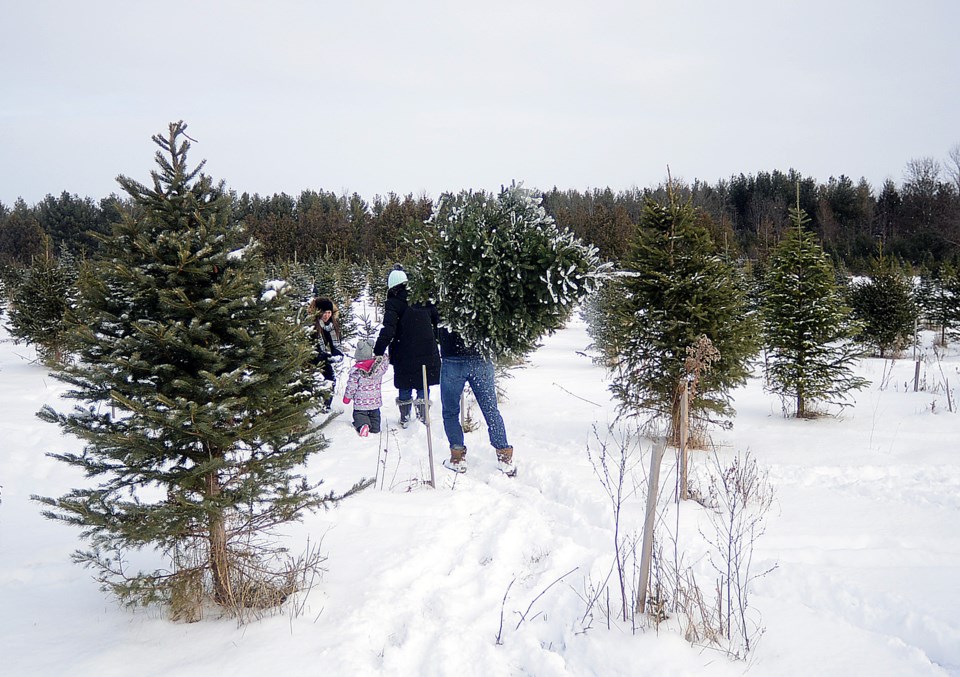NEWS RELEASE
FORESTS ONTARIO
**************************
One of the biggest decisions Ontarians face during the holidays is whether to purchase a real or fake Christmas tree for their home. Yes, fake trees can be more convenient (if you have the space to store one), but consider the aroma, presence and environmental contribution of a real Christmas tree – the green choice.
“Real trees are 100 per cent biodegradable and continue to provide benefits after the holidays are over,” observed Rob Keen, Forests Ontario’s CEO. “Fake trees, on the other hand, will eventually end up in landfills, where they take an extremely long time to break down.”
Even the 50-foot Balsam Fir at the Toronto Christmas Market, donated by Forests Ontario and the Canadian Christmas Tree Growers Association, is re-used after the holidays. The big tree, as it’s known, is given a second life as mulch, which is used to nourish the growth of newly planted city trees.
It is easy to make the green choice. Here are some tips for picking out and caring for your natural tree.
- Plan ahead – Measure how much height you have in your home for your tree and remember to leave space for the tree topper and stand!
- Shake test – Hold your tree by the trunk and gently shake to observe how many needles fall off. All trees will shed a few needles, but a fresh tree will shed fewer. As well, you can gently grab a branch and pull your hand toward you. You’ll know you’ve found a great tree when very few needles come loose in your hands.
- Make a cut - When you buy your tree, have a thin slice cut off the bottom of the trunk so your tree can take up water. Be sure the cut is straight, so the tree sits level in a sturdy stand filled with water.
- Keep it hydrated – This is the most important part! Trees are thirsty. Keep the water topped up daily in the stand and away from direct heat to ensure your tree lasts all holiday season.
- Recycle it – Christmas trees can be used after the holidays for habitat restoration projects or mulching - check local news for tree recycling information.
After the holidays, your discarded Christmas tree may look sad and bare without its lights and ornaments, but it is getting ready for its next phase of life!
Most Ontario municipalities offer curbside pickups or drop-off depots for your used tree. For instance, each year more than 100,000 Christmas trees are collected in Toronto and chipped into 3,700 tonnes of mulch to be used as compost in city parks.
In places like the Royal Botanical Gardens near Hamilton, discarded trees are placed along shorelines to mitigate the erosion of waterways and creeks, where they also provide habitat for fish and wildlife.
Buying a local tree also means that your money stays in the local economy. More than 500 tree farmers produce and sell over a million Christmas trees every year on Ontario alone. What’s more, tree farms are carbon sinks: they soak up the carbon dioxide emitted by cars, planes and our homes. Every acre of planted trees produces oxygen for 18 people daily.
Forests Ontario will be selling real, locally-sourced trees just outside of the Toronto Christmas Market entrance on the weekends of Dec. 6-8 and Dec. 13-15.
For many people, choosing a holiday tree is a cherished tradition. So get out there and fill your house with the sweet smell of Balsam Fir, Fraser Fir or another traditional species!
**************************
